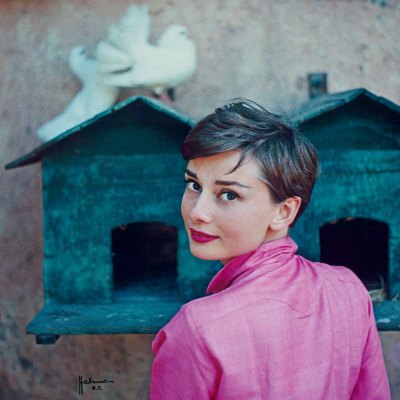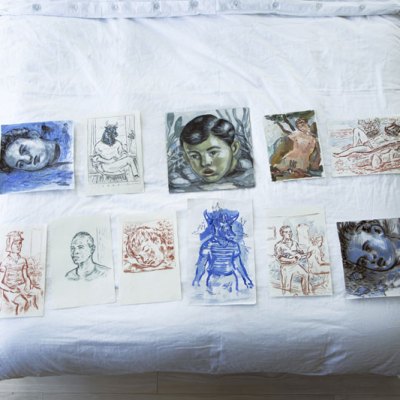There is no such thing as a consensus on contemporary art, and never will be. What we have instead is fleeting critical fashion. And given the slant of critical fashion now, the BP Portrait Award (at the National Portrait Gallery, London, until 20 September) is a sitting duck. Aside from the work of a few big names, portraiture – and particularly amateur portraiture – is categorically uncool. The award’s sponsor isn’t that popular at the moment, either.
One critic wrote off this year’s exhibition as a parade of empty misery. High seriousness is the order of the day. We see hobbled geriatrics, sitters with sobering physical deformities and a lot – and I mean a lot – of apparently disillusioned youths with tattoos. These paintings ask us to feel pity, perhaps for the artists as much as their subjects. It is as if disliking the paintings themselves is tantamount to bigotry against the people they depict. This might all be fine if the portraits in question had any merit beyond technical proficiency. If there were a hint of an emotional connection with the sitter or the artist, portraiture’s elusive but important quality, the end would justify the means. But there isn’t.
What’s more, the bulk of the shortlist cleaves to the same style. According to the website, the 2015 shortlist was ‘selected from a record-breaking 2,748 entries by artists from 92 countries around the world’. Why, then, does the bulk of the exhibition consist of the same old bombastic, miserabilist photorealism?
There is joy here, too. There is excitable menace and even love – dangerous territory for a portrait painter. The best entries, though, do in fact capture moods that run much further down the emotional scale. I was very keen on Romanian artist Dragos Badita’s Chinese Soup, even if it did make me shudder with memories of East London student houses on wet winter nights, the stench of Super Noodles haunting their pockmarked carpets.
The Beckettian scene depicted in Matan Ben Cnaan’s Award-snaffling Annabelle and Guy provoked a more mysterious reaction entirely. I laughed at Marco Ventura’s Portrait of Christian in Profile. It presents us with a 21st-century Silicon Roundabout geek with a Michael Craig-Martin-blue hoodie, standing in the pose of Piero della Francesca’s Duke of Urbino. It’s a gimmick, but a good one.
Elsewhere, Dani Trew’s A Silent and Inconsequential Victory, a portrait littered with renderings of the artist’s own works in progress, snares you into a private game. I won’t ruin it for you. The painting is a welcome respite from the grandiose posturing of the portraits that surround it. And most importantly, it is genuinely revealing. I had the same sense of intruding on an intensely personal relationship with Paul P. Smith’s Portrait of Esta Sexton aged 12. This gets extra points for breaking the ranks and escaping the muted range of colours common to most entries.
Every year that I’ve visited the exhibition, I’ve groaned at most selections and shrugged at a few others. But there have always been a few that do what they should. In my view, this makes it all worth it. Even if the uninspiring outweighs the good (it always does), the BP Portrait Award draws attention to artists working in a genre that rarely gets any. And crucially, it proves that contemporary representational portraiture is not a redundant proposition.
The BP Portrait Award is at the National Portrait Gallery, London, until 20 September.



